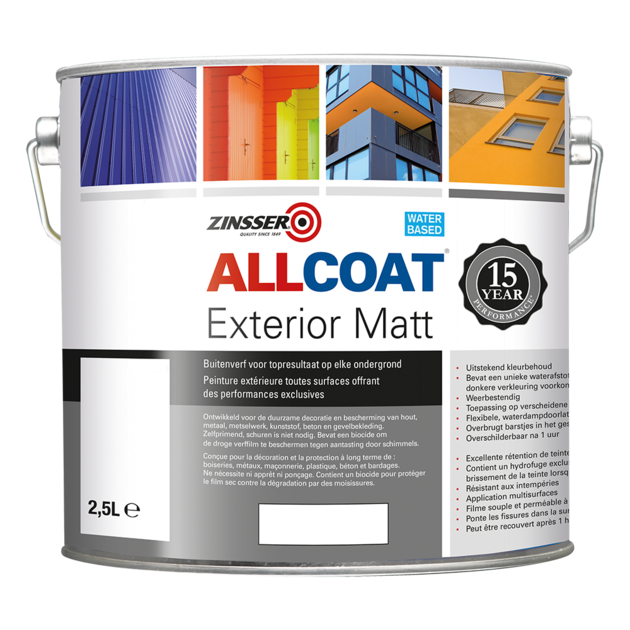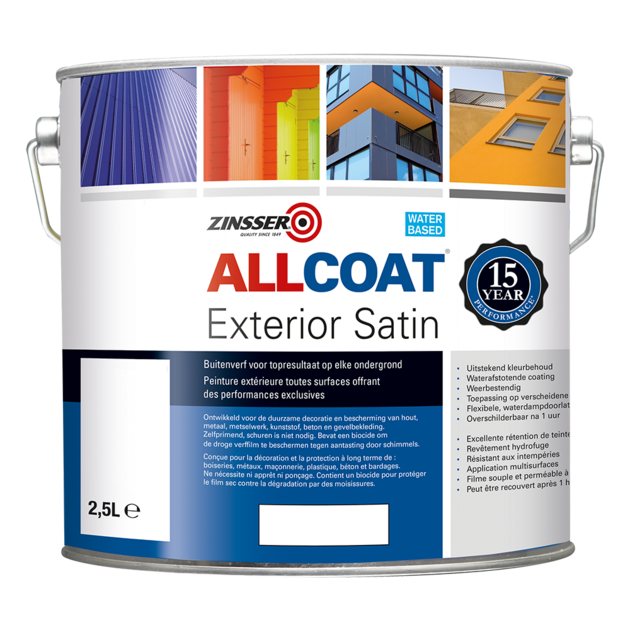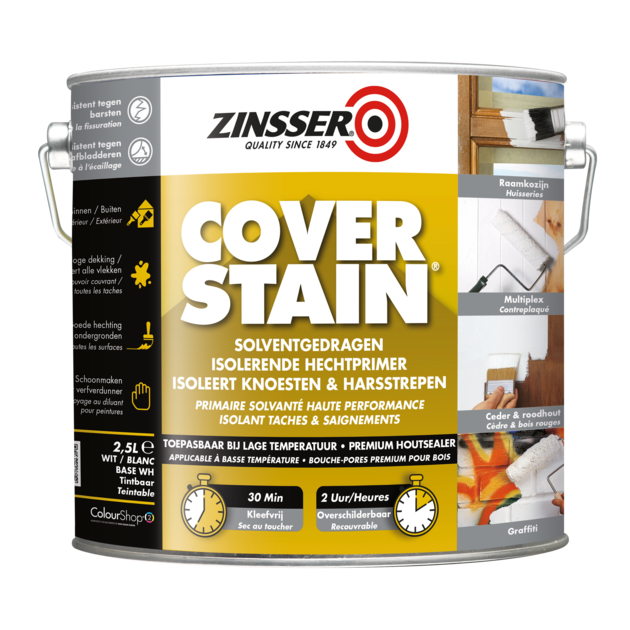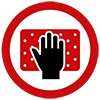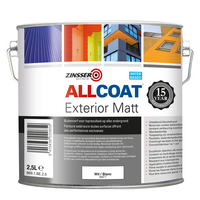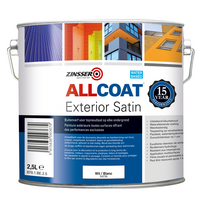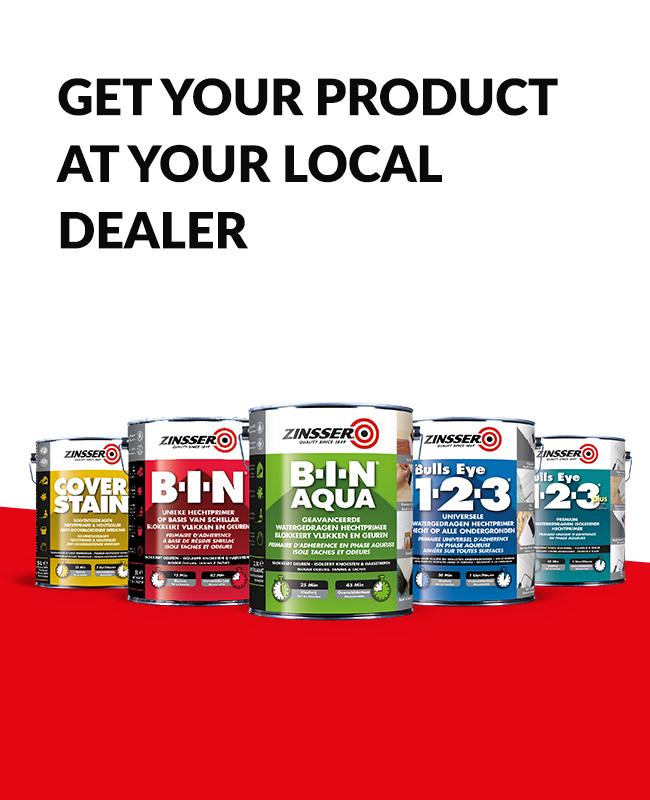Wooden cladding, garden fences, external doors, etc. are exposed to sun, rain, wind and temperature fluctuations day in and day out. Whether you need to repaint an old coat of paint or are painting wood for the first time, the combination of ‘wood’ and ‘outdoors’ poses its own challenges. Customers expect an aesthetically pleasing result that will last for years – despite all outdoor conditions. In this article, we explain how to achieve that long-lasting, professional result.
Wood behaves differently outdoors than indoors. UV radiation, moisture, wind and large temperature differences make wood expand and contract throughout the year, putting constant pressure on the paint layer. In addition, each wood species reacts differently to paint. A high tannin content, for example, can lead to discolouration if you don't use an appropriate primer. Or again: porous wood absorbs more paint, thus requiring more layers.
Painting wood outdoors therefore requires a specific approach and different products than painting wood indoors. In this article, you will find out how to go about it. In any case, before painting wood, it makes sense to consider these specific points of interest.


